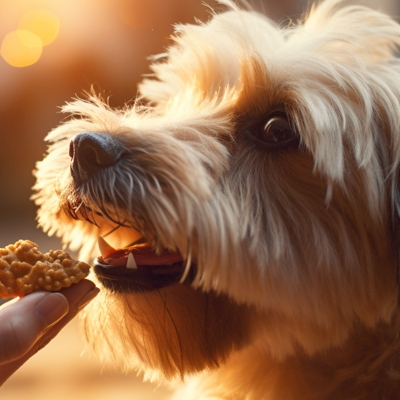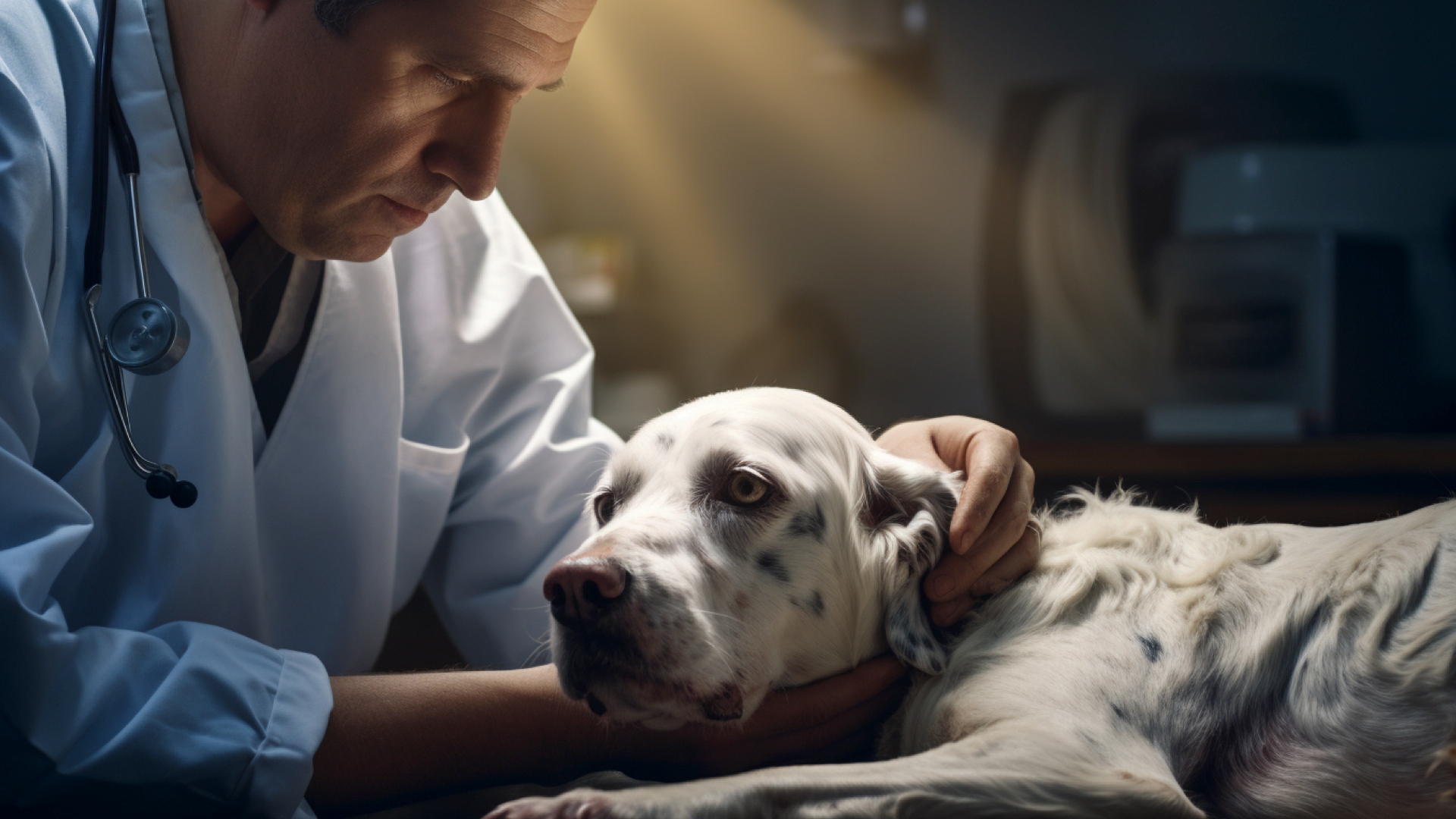Training Your Dog for Vet Visits:
Essential Etiquette Tips
Summary:
Taking your dog to the vet doesn't have to be a Herculean task filled with anxiety and dread. By understanding their fears, introducing them to the vet environment early on, and using positive reinforcement, you can make vet visits a pleasant experience for both of you. Regular casual visits to the clinic can also help in familiarizing your dog with the environment. As a dog owner, your calm and positive demeanor can greatly influence your pet's behavior. With patience and consistent training, your dog can learn to see vet visits as just another fun outing.


- Understanding the Anxiety: Why vet visits can be daunting for dogs.
- Early Bird Advantage: Introducing puppies to the vet environment.
- Casual Drop-ins: Making the vet clinic a familiar place.
- Mastering the Waiting Game: Etiquette in the waiting room.
- Practice Makes Perfect: Simulating vet procedures at home.
- Treats and Praises: Using positive reinforcement.
- Must-have Training Aids: Products to ease the training process.
- The Dog Owner's Role: Being a supportive pet parent.
Ah, the dreaded vet visit! It's a day marked on the calendar that both you and your furry friend might be secretly dreading. But what if I told you that with a sprinkle of training magic and a dash of patience, you could transform this ordeal into a walk in the park? Dive in as we unravel the secrets to making vet visits a tail-wagging experience!
Understanding the Anxiety:
Ever wondered why your dog turns into a trembling mess at the mere mention of the vet? It's not just the cold examination tables or the peculiar smells; it's the unfamiliarity and past experiences. Just like that one time you got stuck in an elevator, your dog remembers that one uncomfortable vaccine shot.
Early Bird Advantage:
Starting early is the key. Puppies are like sponges, soaking up experiences and forming opinions. Introduce your young pup to the vet clinic, let them sniff around, meet the staff, and maybe even score a treat or two. This early exposure can set the tone for future visits.
Casual Drop-ins:
Who said you should visit the vet only when there's a problem? Make it a habit to drop by the clinic casually. Let your dog play in the waiting area, greet the receptionist, and leave without any procedures. Over time, the clinic becomes just another fun place to visit.
Mastering the Waiting Game:
The waiting room can be a hub of anxiety with various animals and their scents. Train your dog to stay calm, perhaps with a favorite toy or a chew. This not only makes the wait bearable but also ensures you're not "that" dog owner with the unruly pet.
Practice Makes Perfect:
At home, simulate common vet procedures like checking paws, ears, or even a gentle press on the belly. The more familiar these actions become, the less intimidating they'll be during the real deal.
Treats and Praises:
Every good behavior deserves recognition. Use treats and verbal praises generously. Did your dog sit quietly during a blood draw? Shower them with love and their favorite treat. Positive reinforcement can work wonders.
Must-have Training Aids:
Consider investing in some training aids. Products like this calming spray or this anxiety wrap can be beneficial. For those extra jittery pups, this calming dog bed can be a game-changer too.
The Dog Owner's Role:
Your energy can influence your dog. Stay calm, speak in soothing tones, and maintain a positive demeanor. Your dog looks up to you, so lead by example.
Every dog, just like humans, has their own quirks and fears. But with consistent training, understanding, and a whole lot of love, even the most anxious pup can learn to see the vet as a friend rather than a foe. Remember, it's not just about the destination, but the journey – and every step your dog takes towards being a vet's best friend is a victory worth celebrating!


